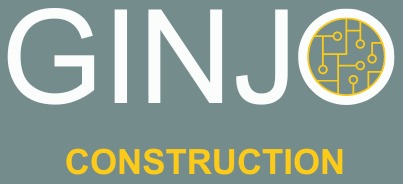The False Forecast
Most projects start with a cost plan that looks solid. But as the job progresses, reality drifts further and further from the forecast. By the time leaders notice, budgets are blown and margins are gone.
Where does it go wrong?
- Plans based on optimistic assumptions, not real market data.
- Prelims treated as fixed, even when programmes extend.
- Variations added too late, leaving cash flow forecasts inaccurate.
- Lack of live updates – cost plans stuck in spreadsheets that don’t evolve.
The Root Cause
Cost plans often fail because they’re treated as a one-off document instead of a living tool. Without continuous updates and integration with procurement and delivery data, they quickly become irrelevant.
One real-world example:
On a £60m commercial build, the original cost plan under-forecast preliminaries by £1.2m due to programme extensions. Because the plan wasn’t updated in real time, leadership only saw the issue once it was too late to recover.
Fixing the Forecast
The best commercial teams:
- Benchmark against live market intelligence, not old data.
- Link cost plans directly to programme and procurement updates.
- Review and refresh forecasts weekly, not quarterly.
- Use integrated systems to spot deviations early.
Final Thought
A cost plan is only as good as its updates. Strong systems turn cost planning from a static document into a live safeguard of margin and delivery confidence.

